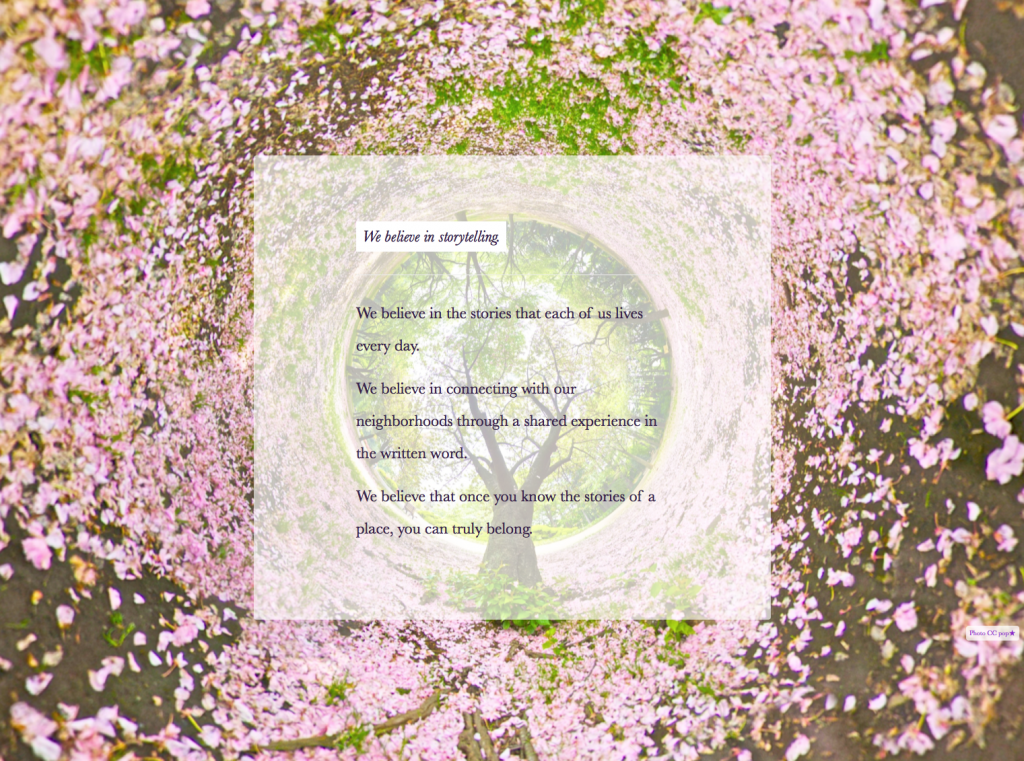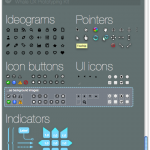 I propose a little gesture as a sign of friendship.
I propose a little gesture as a sign of friendship.
When having a meal or coffee with a friend or family, put your phones on vibrate, and put them together. Lay them atop one another on the table, to the side.
Our phones are wonderful devices that allow us to reach farther. But they can make it harder to reach closeness.
While I’m engaging with you, my friend, there is a line reaching from my pocket to the outside world. I’m not fully present with you, and you’re not fully present with me, because at any moment either one of us can be pulled back into our personal space, into a different conversation.
Putting our phones together marks that the moment is for togetherness. It makes it so that if either of us gets a call, or a text, it will interrupt both of us. We won’t know which phone it is.
The communication line from the outside world becomes a shared line. If somebody calls, they’ll call “our phones,” not mine or yours.
The next time we meet, I’d like us to do this. Because I want to be present with you, and I want you to be present with me.
If you like the idea, let me know!





 I propose a little gesture as a sign of friendship.
I propose a little gesture as a sign of friendship.


